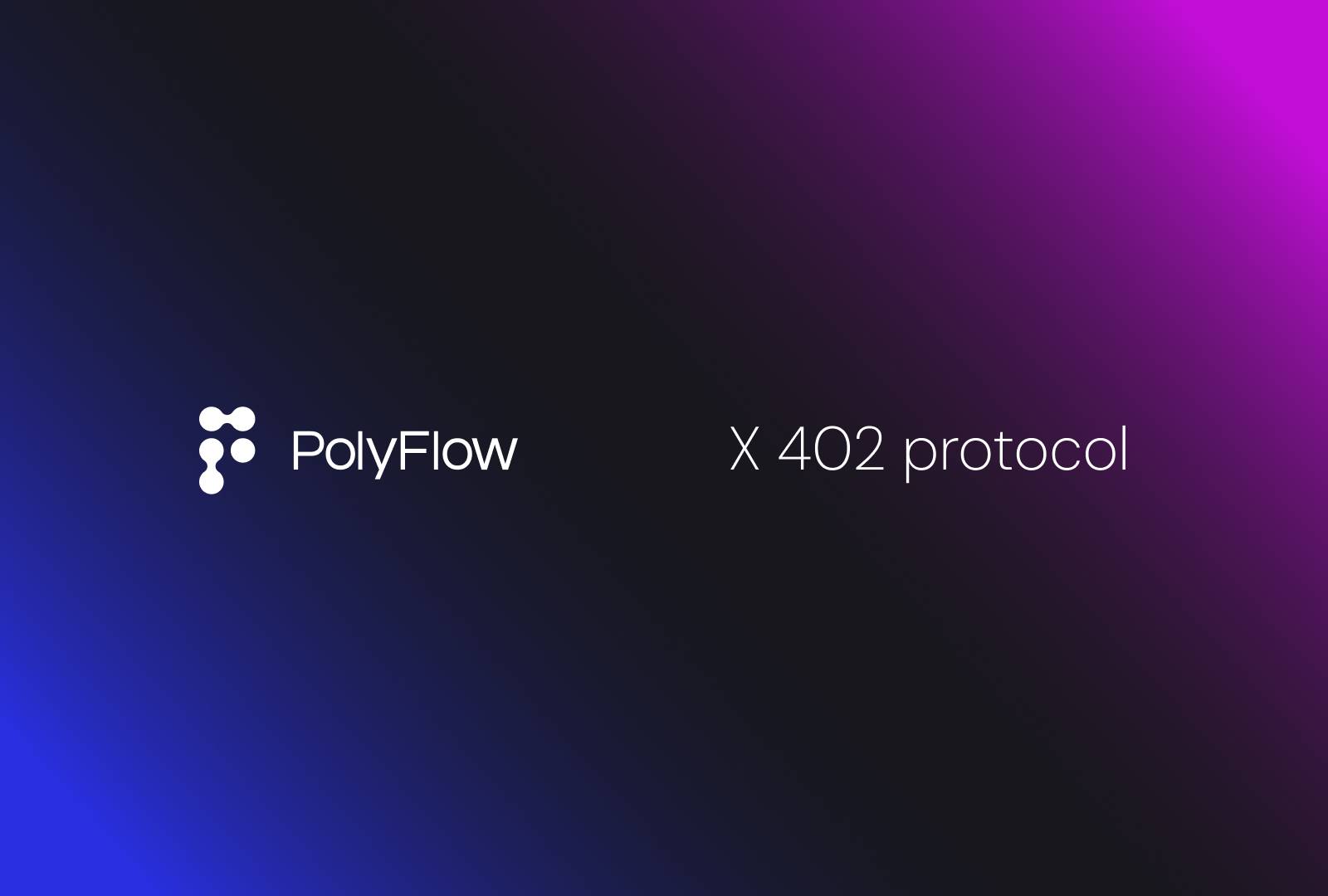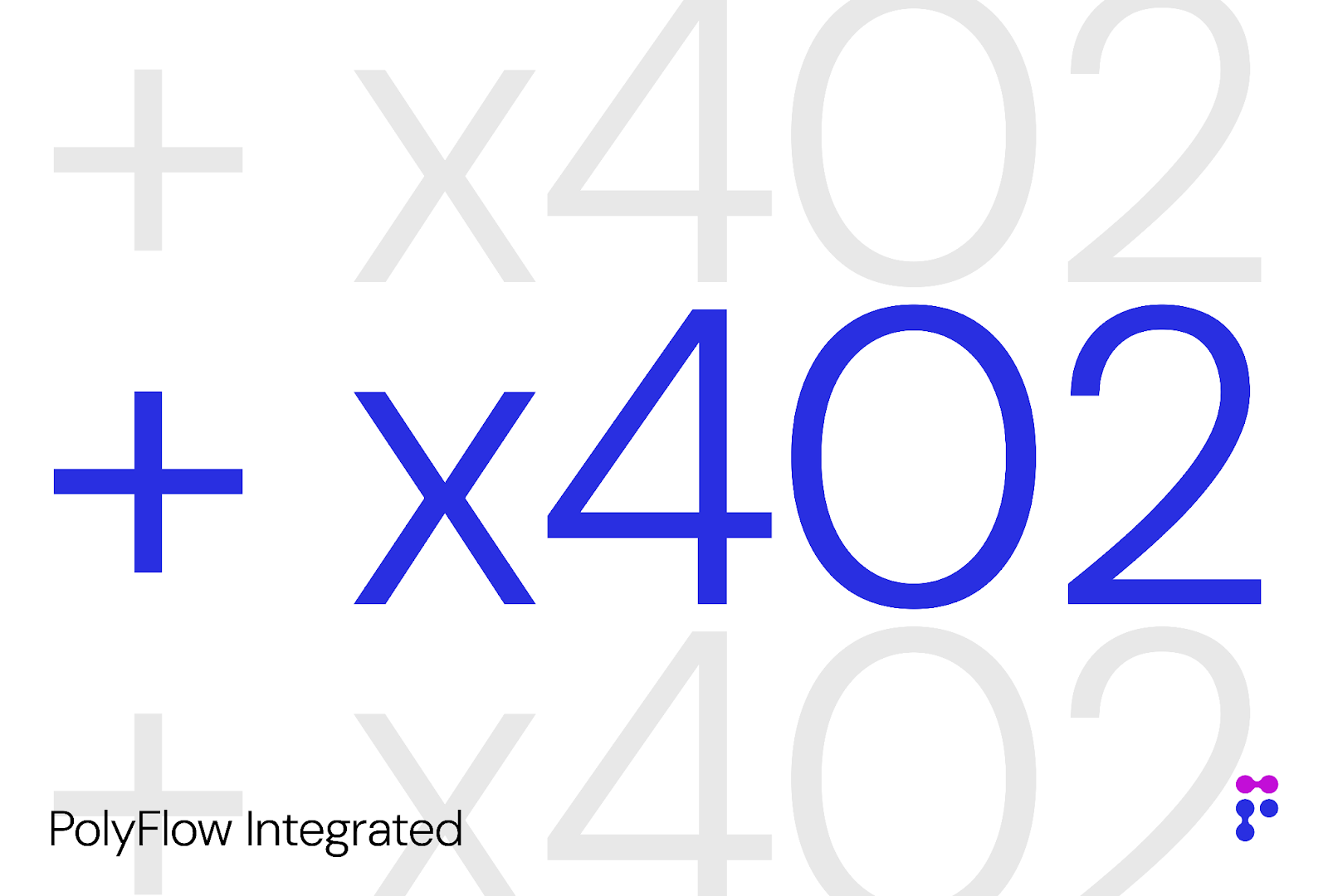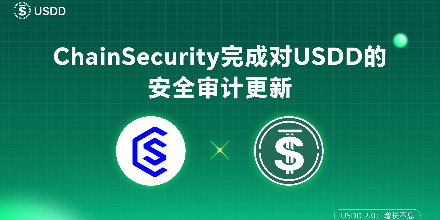Against the backdrop of the accelerating iteration of the digital economy and the quiet advent of the era of AI Agents, payment infrastructure must also leap from the "human-to-human" model to a "machine-to-machine/human-to-machine" model. The innovative PayFi protocol PolyFlow, with its deep expertise in the PayFi field and deep integration with the x402 protocol, is building a truly "AI-native payment network," turning the concept of "transmitting value like transmitting data" into a commercializable and scalable reality.
Technical Foundation Analysis: The New Mission of HTTP402
x402, led by Coinbase, is based on the HTTP "402 Payment Required" status code and aims to embed stablecoin payments directly into the HTTP request/response process. When a client requests a resource that requires payment, the server returns a 402 status with payment information; after the client completes the payment, it can access the content—the boundary between payment and access is completely dissolved. Its core advantages include: chain-agnostic, low latency, and standards-neutral; no need for traditional account systems or API keys; supports autonomous payments by AI Agents and IoT devices; enables micropayments, event-triggered payments, and machine-to-machine settlements.
As AI Agents acquire autonomous trading, API calling, and service capabilities, payment systems must meet three major conditions: real-time, low latency, and support for micropayments; programmability and logic triggers; settlement, traceability, and compliance.
The traditional banking system is difficult to adapt, but PolyFlow × x402 fills this gap. Through the PayFi module and Pelago Connect, developers can easily embed stablecoin settlement and automated payments into SaaS, supply chains, cross-border e-commerce, data services, and other scenarios.
For example:
-
In Shopify e-commerce, AI Agents automatically place orders using USDC;
-
In manufacturing supply chains, bills of lading on-chain trigger fund settlement;
-
In AI service calls, Agents pay per API call and settle in real time.

Building a "Machine-Native Payment Network": The Integration of PolyFlow × x402
By integrating the x402 protocol jointly launched by Coinbase and Cloudflare, PolyFlow enables blockchain stablecoin payments to be directly embedded into the Internet communication layer, realizing a true "value-as-data" transmission model. This integration makes PolyFlow not just a payment bridge for Web3, but a key node connecting the blockchain world and the Internet protocol layer.
With the rise of the AI Agent economy, PolyFlow's PayFi and Pelago Connect gateways are becoming the payment infrastructure for the Agent economy.
Pelago Connect, through PID (Payment Identity Recognition) and PLP (Liquidity Protocol) modules, enables AI Agents to have identity recognition (KYA), autonomous fund management, and risk compliance capabilities—in other words, autonomous wallets for machines. This means that when AI Agents become new "digital customers," PolyFlow is the financial hub behind them.
The Leap from "Payment Capability" to "Revenue Stream"
PolyFlow provides modular, compliant, and autonomously managed payment infrastructure in the PayFi field. x402 is responsible for "value routing," while PolyFlow is responsible for "value management"—the former is embedded in the communication layer, the latter coordinates multi-chain, multi-currency, compliance, risk control, refunds, and revenue sharing. Together, they form a complete "value transmission stack," enabling the transformation from payment capability to sustainable revenue streams.
Compliance, Identity, and Machine Trust
In the AI Agent economy, identity and compliance become new challenges. Agents cannot use traditional KYC, but PolyFlow establishes "compliant identities" for machines through the PID/KYA (Know Your Agent) system. Combined with the self-custody module, it enables autonomous fund management, audit tracking, and risk isolation, filling the gap left by the banking system in M2M payments.
Returning Stablecoins to the Real Economy: From Farms to Manufacturing
PolyFlow has already enabled stablecoin settlements in Latin American agricultural products, Asian manufacturing, and Shopify cross-border e-commerce, making crypto payments no longer just a concept or investment layer, but returning to real value creation. This also marks that stablecoins are no longer just DeFi tools, but have become a new driving force for global capital flows.
The x402 protocol opens the channel for Internet-native payments, while PolyFlow truly brings this channel to commercial and AI Agent scenarios, completing the leap from protocol to productivity. Together, they form a new paradigm of "communication as payment": browsing, calling, and triggering all lead to settlement.
When Value Flows Like Data
As the Internet moves from an "information flow" to a "value flow," the real breakthrough is not "whether transfers are possible," but "whether value can be transmitted like data."
x402 has opened the channel, and PolyFlow extends this channel into the real business and AI Agent world. In the new generation of AI-driven economy, PolyFlow and x402 are not just a technical integration, but an evolution at the infrastructure level.





